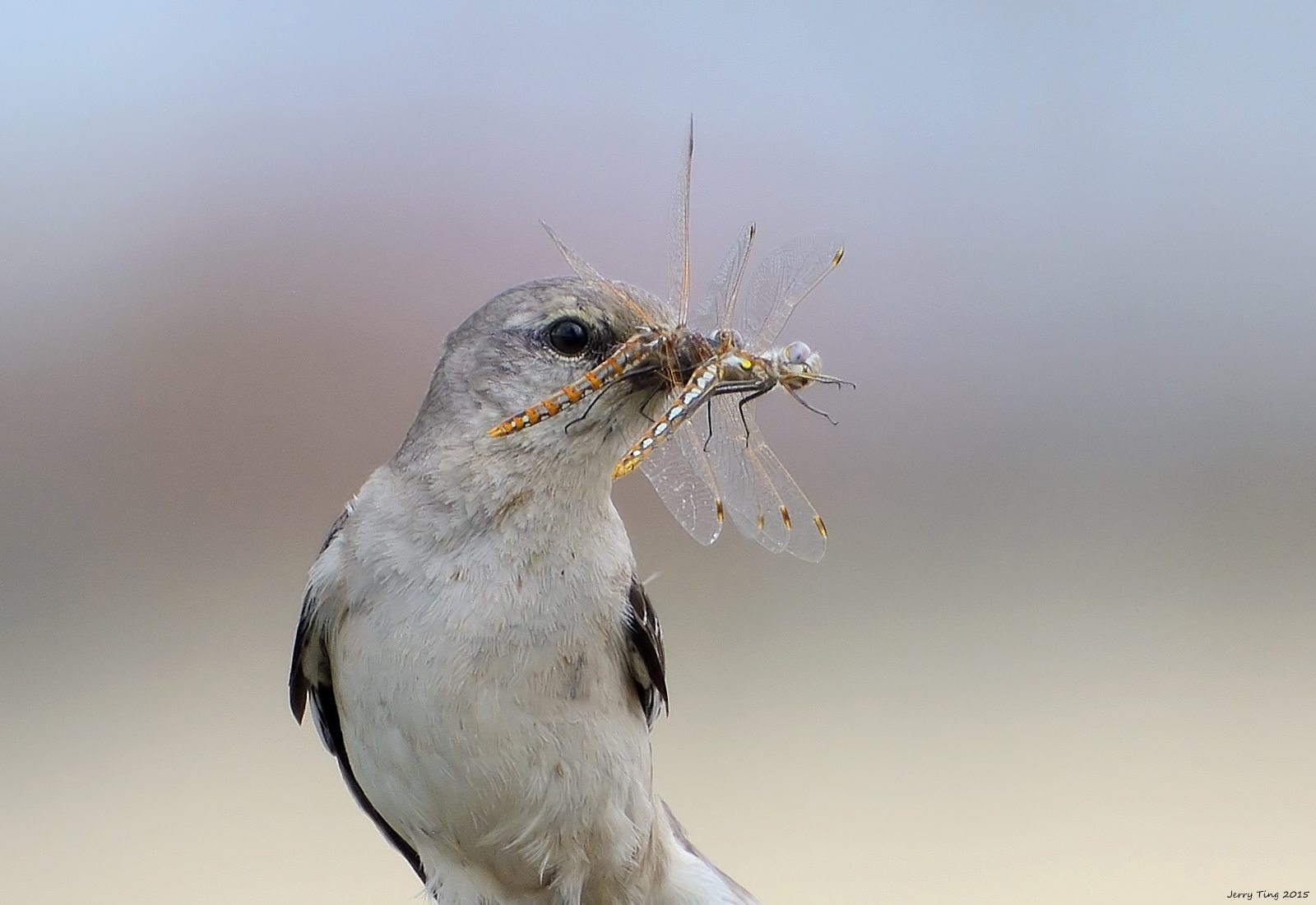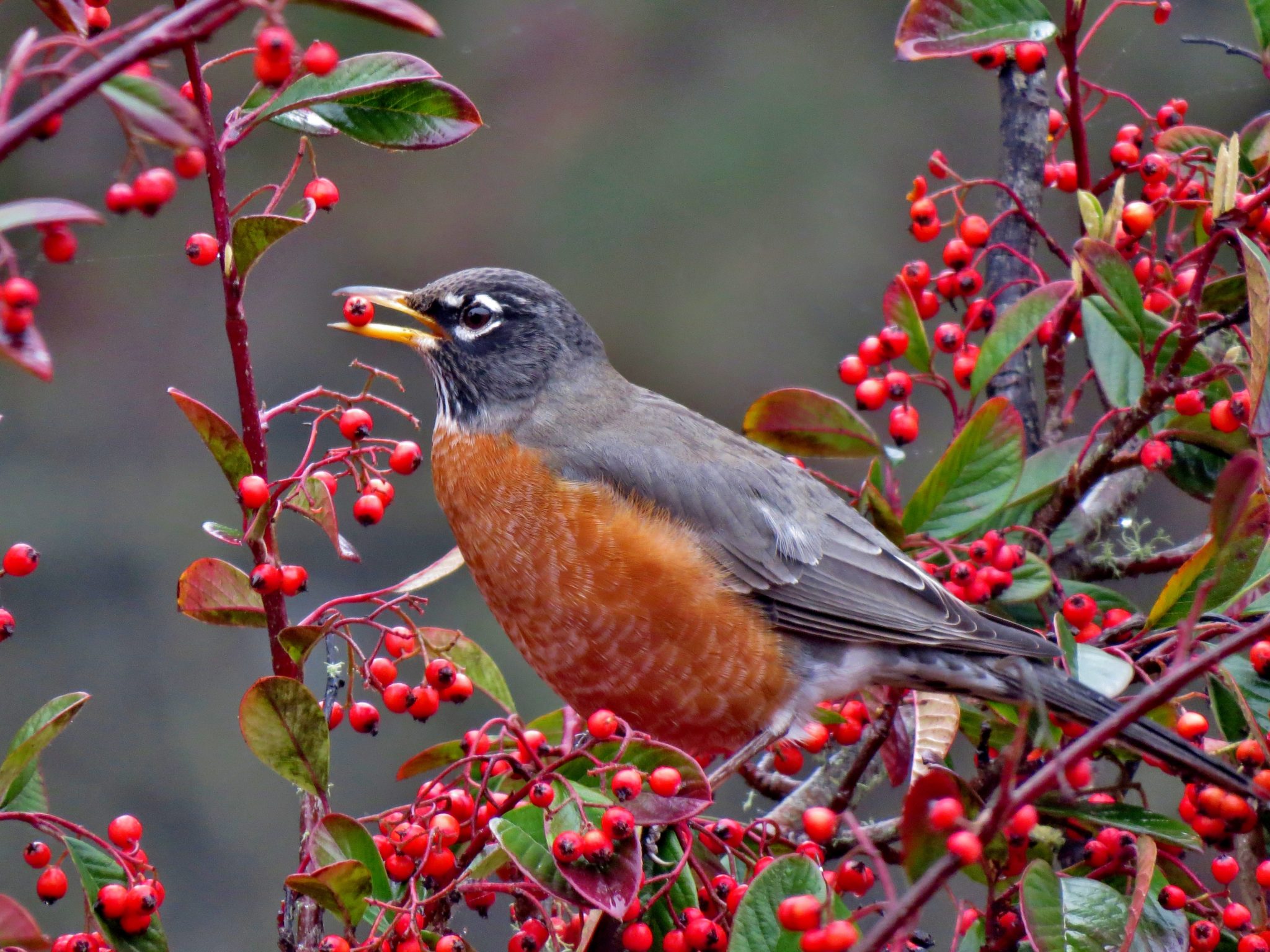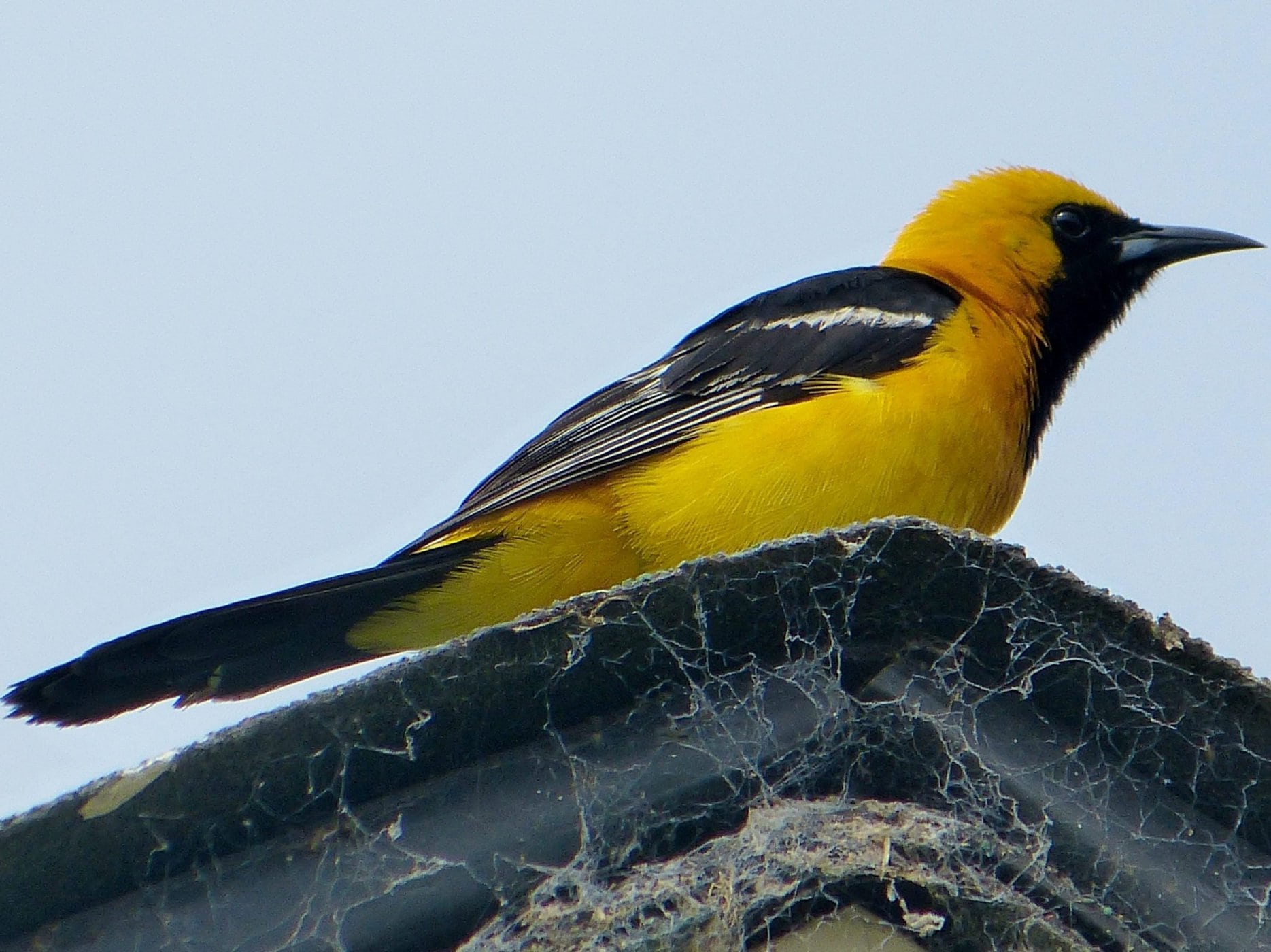San Francisco’s changing bird life, Part 2
This is the second of three excerpts from San Francisco’s Natural History: From Sand Dunes to Street Cars, a new book by longtime Golden Gate Bird Alliance member and trip leader Harry Fuller.
By Harry Fuller
In his 1870 book on birds of California, J. G. Cooper said the California Thrasher was a common wintering bird in San Francisco. It is no longer seen within the city limits. The thrasher requires the sort of coastal or hillside scrub habitat and streamside thickets that mostly are gone from San Francisco.
Some bird species have been winners as people altered the landscape. By 1870, Cooper already could see the rapid increase in Barn Swallows as settlements spread across the state. The Barn Swallow had originally been confined to nesting in caves and cliff crevices. It quickly adapted to people’s wooden bridges, barns, porches, and other structures. The closely related Cliff Swallow underwent similar adaptation in America, though its presence in today’s San Francisco is uncertain from year to year. A colonial nester, this bird needs a large, protected area to nest, not simply a small nook which would be fine for a couple Barn Swallows. In 1874, ornithologist Elliott Coues wrote, “In the case of Cliff Swallows, the change is of very recent date, and many records are preserved of the precise time when, in particular localities, the birds deserted cliffs to build under the eaves, or when adopting this habit, they appeared and bred in places where they were before unknown.”

The Cliff Swallow will often share overpasses and bridges with the White-throated Swift. The swift can also be found at sports stadia. As late as 1944, Joseph Grinnell could still describe this swift as nesting in “faces of cliffs, bluffs, canyon walls; preference seems shown for those of granite rock, perhaps because this assures best claw-holds and firmest attachment for nests.” Humans have erected huge artificial cliff faces and canyons in cities and along freeways that attract these birds. The largest concentration of White-throated Swifts I’ve seen was at a tangle of freeway overpasses along Interstate 5 near Stockton. These swifts can be seen near some tall buildings, city parks, and freeway interchanges along US 101. No granite is required today. During migration their cousin, the Vaux’s Swift, gathers in thousands in large chimneys such as those found in the old San Rafael brickyard.
The native Black Phoebe also makes use of buildings and bridges, especially those with rain-shielding overhangs under which it may nest. The widely dispersed Rock Pigeon, which originally nested in cliffs in the Middle East, is successful at exploiting human structures. Long before there were bird watchers, this species likely moved into the first towns built by people. It is now uncommon to see Rock Pigeons nesting on cliffs, though they have returned to their “natural” habitat in Garden of the Gods in Colorado and in similar places. Most Rock Pigeons now prefer a nice four-story building with an overhanging roof, especially if a park or parking lot is nearby.
In the nineteenth century, the House Finch was commonly found around homes and ranches. They were so abundant around Californio ranches, that early Yankee immigrants called them “adobe finches.” House Finches were often kept inside as caged pets. Yet in the late nineteenth century Spencer Fullerton Baird said, “California cultivators wage an unrelenting war upon this bird.” The finch killing would primarily have been done by grain farmers, as wheat was a major product of California in the late nineteenth century.
Other birds favored for cages in those days were Black-headed Grosbeaks, mockingbirds, and Lazuli Buntings. It was Joseph Mailliard [author of the 1930 Handbook of Birds of Golden Gate Park] himself who spotted the first wild Northern Mockingbird recorded in San Francisco. That was in 1932. Now mockingbirds are common in most neighborhoods of the city and its suburbs.

Cooper noted the Hermit Thrush was breeding “among the stunted oaks covering the sand-hills of San Francisco.” That species is now only a winter resident, migrating down from montane forests. And the Savannah Sparrow was once a common wintering bird in San Francisco before nearly all the dune grassland was covered over.
In the nineteenth century, Elliott Coues noted Burrowing Owls living in San Francisco, and indeed, the Smithsonian owns a specimen collected in the city. At that time, the owls were among the most widespread and commonly seen birds across lowland California. In the 1920s, William Leon Dawson found them ubiquitous in grasslands. Today the Burrowing Owl is scarce in urbanized and heavily cultivated parts of California, a victim of habitat loss and pesticides.
Other population shifts among birds seen in San Francisco have been well documented. The American Robin was a montane species in the 1860s. J. G. Cooper said it bred in the Sierra above 3,000 feet and in the Santa Cruz Mountains. In 1874, Baird said the robin was largely a winter visitor along the coast of California and only occasionally bred in coastal mountains. As irrigated parks and lawns replaced sand dunes, San Francisco became robin-friendly, even in summer. By 1916, robins were breeding in San Francisco. As recently as 1954, a book on birds of the campus of Stanford University, to the south, said, “Here they are a winter bird and leave in the spring to nest in the mountains.” Now, robins nest widely across the Bay Area wherever trees border lawns with earthworms. Recently the robin was the most abundant bird in a national bird count during winter. This species is one of the few that seems fit to survive changes that may come with global warming.

Cooper never saw a Hooded Oriole north of Los Angeles. In his day (ca. 1870) Cooper wrote, “the Hooded Oriole is essentially a Mexican species, though it also extends northward into Texas and the Rio Grande, and into southern California and Arizona.” In 1874, Spencer Fullerton Baird also described the Hooded Oriole as a Mexican bird. Charles Keeler’s 1899 book on California birds describes the Hooded Oriole as common south of Los Angeles. It was not known to nest north of there.

Hooded Orioles now breed in San Francisco and at least a hundred miles northward because the species has followed the horticultural spread of fan palms. These trees provide suitable—perhaps preferred—nesting material for the oriole’s finely woven hanging nests. By 1941, the Hooded Oriole was seen in Santa Cruz County, and it had reached San Francisco by 1966. Now the oriole regularly nests in Central and Northern California. That’s a range extension northward of more than four hundred miles. Occasional sightings now are being reported in Oregon.
Harry Fuller was a long-time Golden Gate Bird Alliance member and San Francisco resident. Now living in Oregon, he leads trips there for GGBA. He is also author of Great Gray Owls of California, Oregon and Washington as well as Freeway Birding, I-5 San Francisco to Seattle. His new book on San Francisco’s natural history is available at Green Apple Books in San Francisco, as a book or e-book from Amazon, or signed copies directly from the author: atowhee@gmail.com. Harry’s web site, towhee.net, has information on birding Northern California and Oregon as well as his other books.
Harry will be teaching a class and leading two specially guided trips in March for Golden Gate Bird Alliance on the natural history of San Francisco. For details, check the Classes page of our web site in late January or early February.
